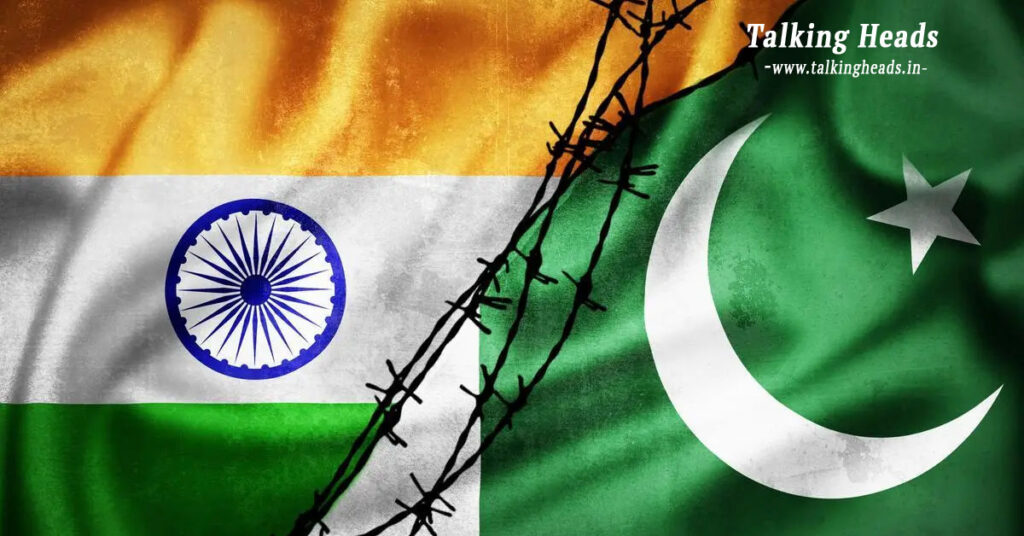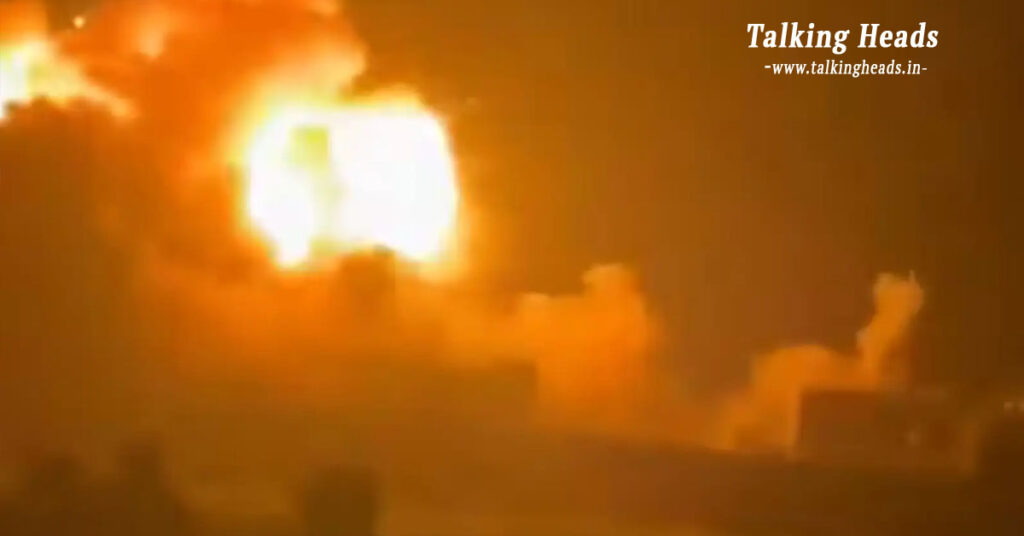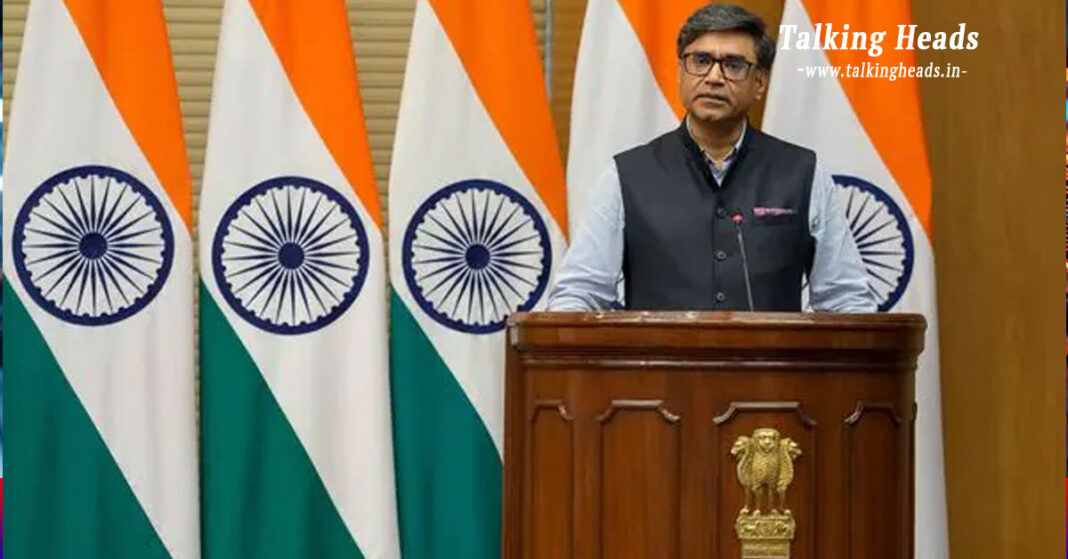India-Pakistan Ceasefire : Theories Behind the Sudden Truce Amid Escalating Tensions
Table of Contents
On May 10, as cross-border drone attacks and shelling intensified between India and Pakistan, the world was taken by surprise when U.S. President Donald Trump announced a sudden ceasefire.
This abrupt halt in hostilities sparked a flurry of theories in media circles worldwide. Was the ceasefire a result of American pressure, a secret intelligence warning, or economic leverage? Below, we explore five leading theories that could explain the unexpected peace deal.
India-Pakistan Ceasefire : 1. Did Pakistan Fear a Nuclear Strike After India’s BrahMos Attack?
On the morning of May 10, the Indian Air Force launched precision strikes on several Pakistani military airbases, including Rafiqui (Shorkot), Murid (Chakwal), Noor Khan (Chaklala), and targets in Rahim Yar Khan, Sukkur, Kasur, Pasrur, and Sialkot.
For the first time, India deployed the BrahMos supersonic cruise missile from a Sukhoi fighter jet—capable of striking at 2,500 km/h within a 290 km range. Alongside BrahMos, SCALP air-launched missiles and HAMMER guided bombs were also used.

Sources suggest Pakistan interpreted this escalation as a prelude to attacks on its nuclear facilities or command centers. In a bid to prevent further destruction, Pakistan reached out to the U.S.
2. U.S. Vice President JD Vance Intervened to Prevent a Full-Scale War
India-Pakistan Ceasefire : According to CNN, senior U.S. officials, involved to resolve the conflict. Intelligence warned that the ongoing skirmishes could escalate beyond control. Acting swiftly, Vance contacted Prime Minister Narendra Modi directly, urging him to consider direct talks with Pakistan and explore de-escalation measures.

Diplomatic efforts followed, with Vance, Rubio, and other U.S. leaders engaging with top Indian and Pakistani officials, including NSA Ajit Doval and Pakistan Army Chief Gen. Asim Munir. Despite continued border hostilities, the diplomatic push bore fruit.
By May 10 afternoon, DGMO-level talks resumed, followed by Trump’s ceasefire announcement. Indian External Affairs Minister Vikram Misri officially confirmed the ceasefire in a press briefing later that evening.
3. IMF Loan Conditions May Have Pushed Pakistan Toward Ceasefire
On May 9, just days after India’s airstrikes, the International Monetary Fund (IMF) approved a $1 billion loan (approx. ₹8,500 crore) for Pakistan. However, with $210 billion in total debt—nearly 67% of its GDP—Pakistan desperately needed IMF support.
Citing anonymous sources, India Today reported that the IMF may have made a ceasefire with India a precondition for the loan approval. Given the U.S.’s sway in IMF decisions, many speculate Washington used the funding as leverage to bring Pakistan to the negotiating table.
4. China Pressured Pakistan After Its Weapons Failed Against Indian Defenses
Between May 7–10, Pakistan used several Chinese-origin weapons in its attacks, including the JF-17 aircraft, PL-15 missiles, HQ-9 air defense systems, and various drones.

However, Indian defenses successfully neutralized most of these assaults. Former Indian Ambassador Deepak Vohra noted in an interview that the poor performance of Chinese weapons risked damaging Beijing’s reputation in the global arms market.
To protect its defense industry and prevent international embarrassment, China may have quietly urged Islamabad to accept a ceasefire, aiming to contain further scrutiny of its military exports.

According to SIPRI, China was the world’s second-largest arms exporter from 2015–2019, with clients including Bangladesh, Myanmar, and Russia.
5. India Sought Tactical Pause After Pakistan’s Retaliation Under Operation Bunyad-ul-Marsus
A CNN investigation citing White House sources claimed Pakistan remained quiet until May 8, then launched a fierce retaliatory campaign under “Operation Bunyad-ul-Marsus.”
On May 10, Pakistan fired multiple missiles targeting Indian military installations along the LoC. In response, India struck targets near Islamabad. The cycle of escalation led to fears of all-out war.
CNN reported that by the evening of May 10, India had contacted the U.S., Saudi Arabia, and Turkey to mediate an immediate truce. Although there’s no official Indian confirmation that the ceasefire was requested from a position of weakness, U.S. mediation played a clear role in halting hostilities.
Conclusion: Peace Under Pressure, But Questions Remain
Each of the five theories points to a mix of military brinkmanship, geopolitical diplomacy, and economic pressures.
As global powers watch closely, the region’s fragile peace continues to hang by a thread—reminding the world of how quickly the subcontinent can edge toward conflict, and how equally quickly it can pull back when global stakes are involved.










